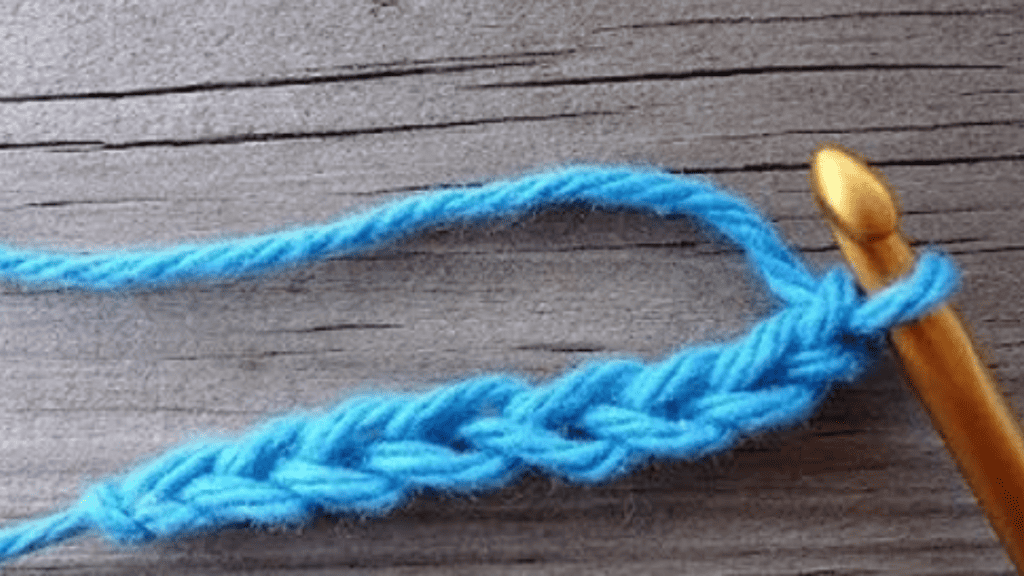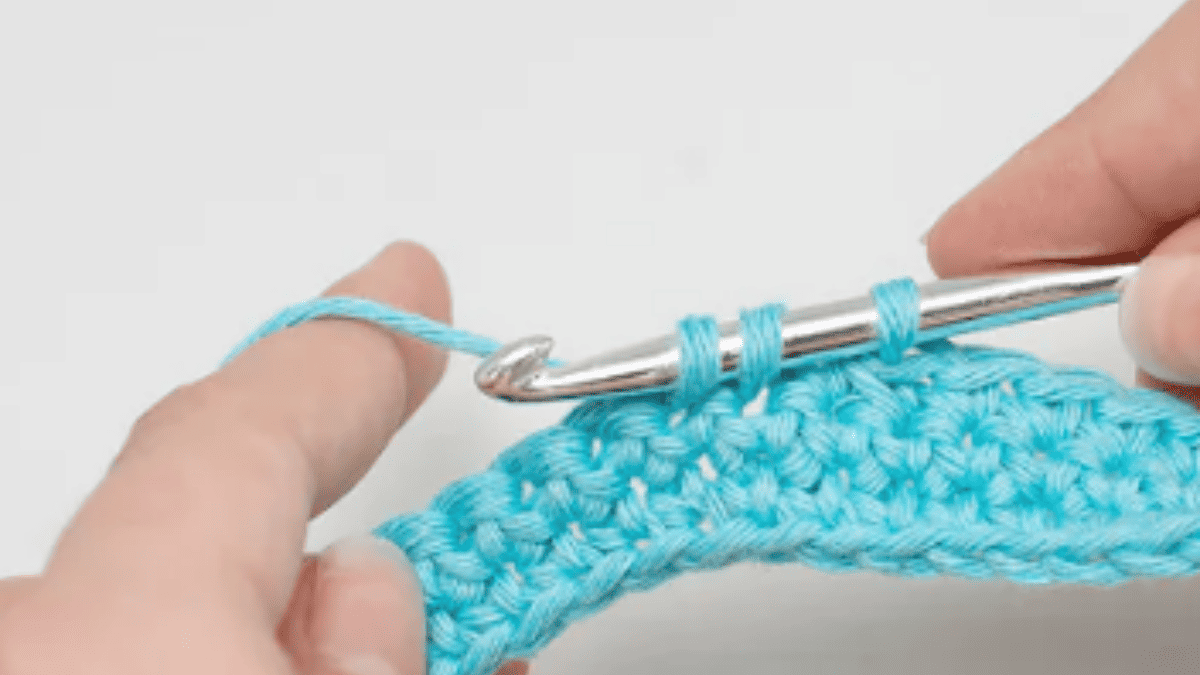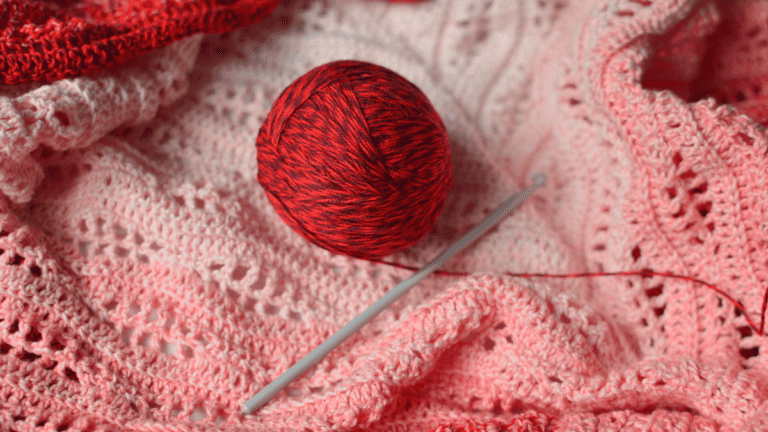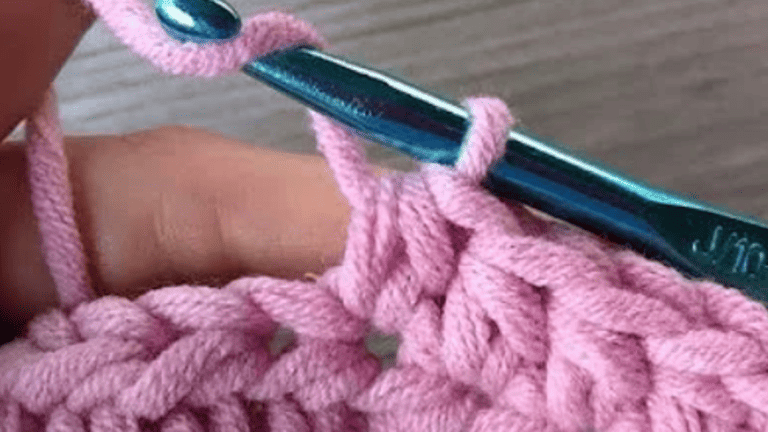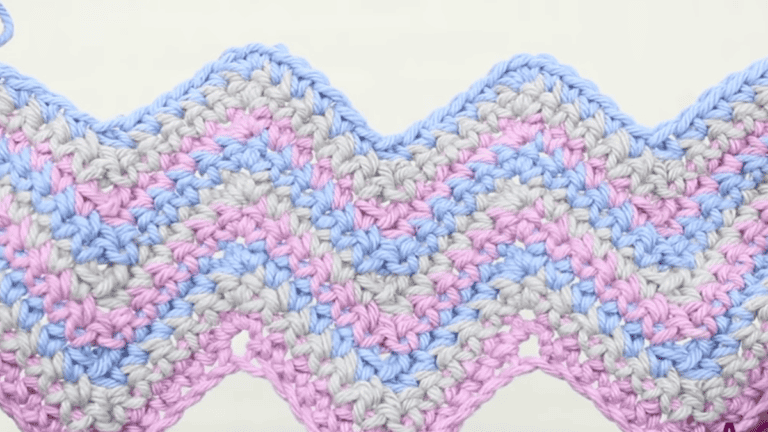Single Crochet Decrease Stitch Tutorial With Video
Crocheting is a craft that offers endless possibilities, and mastering the single crochet decrease is a pivotal skill that can take your projects to the next level.
You might have been working those basic stitches, getting the hang of creating scarves, coasters, or even the humble granny square.
The single crochet decrease, often encountered in patterns as ‘sc2tog’, stands for ‘single crochet two together’, and it’s a technique used to reduce the number of stitches in your work.
This is good news because it allows you to shape your creations, be it a cute amigurumi animal or a tailored hat.
As a new crocheter, you’ll find that expanding your repertoire of techniques is essential. Understanding how to effectively decrease can seem tricky at first, but once you get the hang of it, you’ll see your skills and confidence soar.
The decrease stitch is commonly used in every crocheter’s journey, from simple projects to intricate patterns.
Whether you are aiming for that perfect fit in your crochet garments or looking to add dimension to your crafted items, nailing this stitch will help you achieve those goals.
Remember, every crochet master was once a beginner. Just as you got the hang of those initial chains and single crochets, you’ll soon find the single crochet decrease becoming a natural part of your crochet language.
With some practice and patience, you’ll be incorporating this stitch into your projects effortlessly, making your crochet experience even more enjoyable and your finished products much more polished.
So, grab your hook and yarn, and let’s get ready to learn a simple yet transformative technique.
Single Crochet Decrease
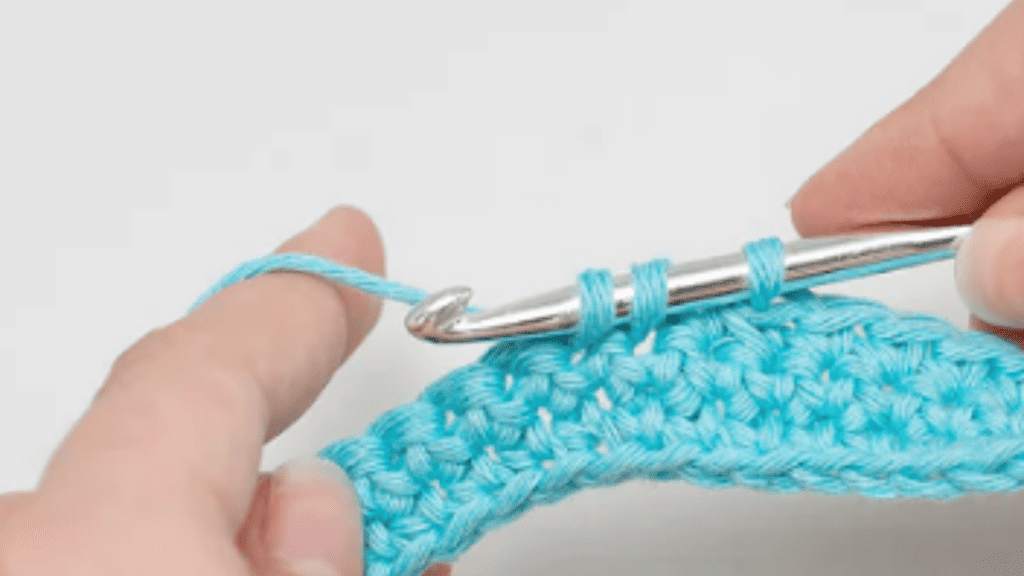
See Video Tutorial: Single Crochet Decrease
The single crochet decrease combines two stitches into one to shape your crochet items. This technique allows for gradual size reduction, essential in projects like amigurumi or hats.
The Basics of Single Crochet Decrease
To perform a single crochet decrease (sc dec), insert your hook into the front loop of the first stitch, then into the front loop of the next stitch.
Yarn over, pull through both loops, yarn over again, and pull through the remaining two loops on your hook. This single crochet decrease stitch effectively turns two stitches into one, reducing your overall stitch count.
For clarity:
- Insert hook into front loop of first stitch.
- Insert hook into front loop of next stitch.
- Yarn over and pull through both front loops.
- Yarn over again and pull through two loops on hook.
Comparing Decrease Stitches

Single crochet decrease stitches are not the only way to reduce the size of your work. You may encounter half double crochet (hdc dec), double crochet decrease (dc dec), or treble crochet decrease (tr dec), each serving similar purposes but creating a different texture and degree of angle in your work.
Compared to bulkier stitches like double or treble crochet decreases, single crochet decreases are less noticeable, making them ideal for delicate shaping.
Implementing Decrease in Patterns
You’ll often find instructions to decrease at the ends of the row to taper or round the piece. Always count your stitches; you should have fewer stitches after completing a decrease row.
Additionally, utilize stitch markers to mark the last step before starting the next row to keep track. For specific patterns, especially in crochet projects like amigurumi, maintaining the correct stitch count is vital to achieve the desired shape.
Remember these tips:
- Use stitch markers to keep your place.
- Count your stitches at the end of a row.
- Follow the pattern’s instructions to achieve the correct shape.
- Look for a video tutorial if you’re unsure of the technique.
Refining Your Technique
Navigating the single crochet decrease (scdec) method can transform your crochet work from homemade to handcrafted with a professional touch. Pay close attention to tension and stitch placement, and you’ll see a marked improvement in the look and feel of your projects.
Invisible Decreases
When you’re crocheting amigurumi or simply want a neater finish, mastering the invisible single crochet decrease (inv dec) is key. Instead of working through both loops of the stitch, you’ll only work through the front loops. Here’s the play-by-play:
- Insert your hook into the front loop of the next stitch.
- Without yarning over, insert the hook into the front loop of the following stitch as well.
- Yarn over and pull through the first two loops on your hook.
- Yarn over again and pull through the remaining two loops. Voila, your inv dec is complete!
This new technique avoids the unsightly hole that a traditional scdec can create and keeps everything looking tight, especially when working on projects that begin with a magic circle.
Common Problems and Solutions
Crochet isn’t without its mishaps, and even when decreasing, you might find yourself in a sticky situation. But fear not, here’s a quick troubleshooting guide.
| Problem | Solution |
|---|---|
| Loose Decreases | This often happens when there’s too much space between the stitches being combined. To avoid this, make sure you’re not only working into the back loops of stitches. |
| Holes in Work | If you’re ending up with gaps, try the invisible decrease method outlined above. |
| Stiff Fabric | A fabric that’s too rigid might mean you’re pulling too tightly. Keep your tension even, especially when working the decreasing stitches. |
Remember, practice makes perfect. If the last stitch in your row doesn’t look quite right, or if your turning chain is more of a distraction than a neat edge, don’t be afraid to pull a few stitches out and give it another go.
Always keep an eye on the next row; sometimes a “mistake” can be corrected without having to unravel your work.
For a new stitch, refer to well-illustrated stitch tutorials for guidance—a clean resulting stitch speaks volumes in the overall piece.
Crochet Stitches:
